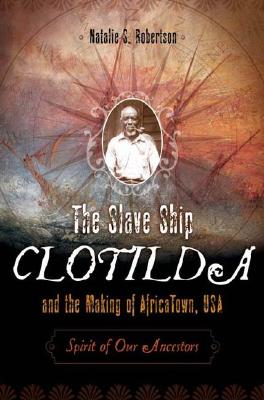Expedite your nonfiction book discovery process with Readara interviews, summaries and recommendations, Broaden your knowledge and gain insights from leading experts and scholars
In-depth, hour-long interviews with notable nonfiction authors, Gain new perspectives and ideas from the writer’s expertise and research, Valuable resource for readers and researchers
Optimize your book discovery process, Four-to eight-page summaries prepared by subject matter experts, Quickly review the book’s central messages and range of content
Books are handpicked covering a wide range of important categories and topics, Selected authors are subject experts, field professionals, or distinguished academics
Our editorial team includes books offering insights, unique views and researched-narratives in categories, Trade shows and book fairs, Book signings and in person author talks,Webinars and online events
Connect with editors and designers,Discover PR & marketing services providers, Source printers and related service providers

The Slave Ship Clotilda and the Making of AfricaTown, USA: Spirit of Our Ancestors
Social Science > Ethnic Studies - American - African American & Black Studies
- Praeger
- Hardcover
- 9780275994914
- 9.51 X 6.4 X 1.02 inches
- 1.37 pounds
- Social Science > Ethnic Studies - American - African American & Black Studies
- (Single Author) Asian American
- English
Readara.com
Book Description
Debates on reparations for slavery have emerged on national and international levels. However, much of the discourse centers on the legitimate slave trade. Few people are cognizant of the fact that the transatlantic slave trade consisted of both a legal trade and an illegal trade that began after January 1, 1808. Despite statutory prohibitions against slave smuggling, American citizens continued to smuggle African captives into the United States up to and beyond the threshold of the Civil War. The Slave Ship Clotilda and the Making of AfricaTown, USA is the only well-documented work of serious nonfiction that chronicles the transatlantic smuggling expedition of the slaver Clotilda during the slave trade's illegal period, dramatizing the plight of her captives from the point of capture in the West African interior to the point of disembarkation in Mobile, Alabama in 1860, and tracing the specific means by which the captives triumphed over their tragedy.
Thirty members of that fateful cargo established AfricaTown in Alabama, where many of their descendants still live. In 1927, Zora Neale Hurston interviewed Cudjo Kazoola, the last survivor of the Clotilda. In The Slave Ship Clotilda and the Making of AfricaTown, USA Natalie S. Robertson uses ethnography, cartography, linguistics, and oral history to connect the story of the Clotilda captives to their origins in Africa, through their ordeals on the middle passage, all the way to the issue of reparations in the present day. She incorporates indigenous African perspectives, Hurston's interviews, and sources such as the Clotilda's log, meshing diverse voices into a narrative that reveals the centrality of slavery, Africanisms, and resistance in American culture even today.
Author Bio
Dr. Natalie Robertson is a graduate of Hampton University, having received her Master of Arts degree in Museum Studies in 1990. Dr. Robertson is a magna cum laude graduate of the University of Detroit Mercy where she received a Bachelor of Arts degree, and she obtained an MA and PhD in American Studies from the University of Iowa.
Dr. Robertson is an award-winning scholar who has held several teaching and research appointments at prestigious institutions in the United States and Britain, including the Smithsonian’s National Museum of African Art, the Advanced Studies in England Program, and Hampton University.
Source: Hampton University Museum
Community reviews
No Community reviews





